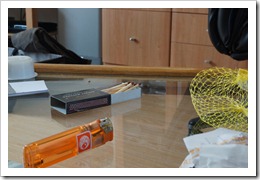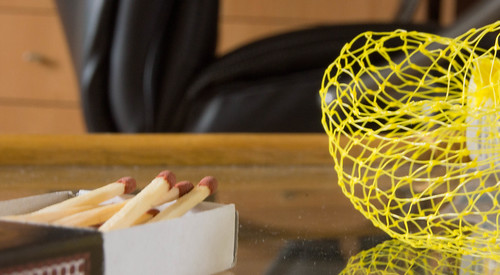Auto off
So, what did I learn this weekend? Quite a lot actually, I am still processing a lot of it, but I did shoot my first pics that stink, with the camera in Manual mode; that was rather pleasing. Kind of like the first time you take the stabilisers off your bike and your dad shoves you down the road towards the canal.
Key learning’s from the weekend coming up then:
- I leaned that a Dutch tilt is not funny or rude, its actually a camera position / shooting style. One of those instances where I think I would have preferred to have stayed ignorant.
- Apparently, you can cover up a noisy (high ISO) photo with ‘grain’ and ‘high contrast’ post-processing. Its difficult to get right, but can be effective for those candid pub shots. (One to try out I think)
- The catalogue / collection system in Adobe Lightroom is confusing as hell at first.
- Flowers, Sunsets and Pet photos are clichés and should be avoided, I’m supposed to find something different to practice on.
- Use the flash outdoors, it will even out harsh shadows on faces, when shooting portraits.
- Its all about the light, the best light for taking pictures is the first hour after dawn and the last hour before sunset….. Wait, WHAT!? Damn it, I have taken up a hobby which requires me to be outdoors, when I should be be either in bed or in the pub. DOH!
Most of this actually came from reading the excellent “..for Dummies” book which I mentioned in a previous entry. I am also finding the expertPhotography.com site contains an absolute wealth of information, and will be something I suspect I will link to a lot in this journal.
A note on Aperture
Aperture and depth of field (am I supposed to capitalise these words?) are not the easiest of concepts to get your head round. From what I can gather there are entire books written about the subject. Lucky me!
I do want to write a bit about this as it has caused me a little frustration over the course of my first weekend with my new camera. I guess it is a good thing to start the week on, clear the air as it were.
You would think that photographers and camera makers would get together and, realising that this is a tricky subject do their best to create a numbering / measurement system which simplifies this right? Wrong! The numbers go the wrong way, the terms are contradictory and the results, for the most part still appear arbitrary. I know they are not, but to a beginner like me it certainly feels this way.
So quick explanation then. Aperture is the size of the ‘window’ which lets light through the lens and onto the sensor. This window can be adjusted, widening or narrowing the window, and therefore controlling the amount of light getting into the camera.
The wider the window, the more light gets in, but at the same time, the smaller the depth of field becomes. This directly effects the amount of the picture which remains in-focus. A wide aperture creates more ‘bokeh’ which is a posh word for blurry bits.
This is best illustrated by the two pictures below:
 |
| Fig1.1: Exposure 1/80sec at f / 5.6 with focal length 40mm & ISO 400 |
 |
| Fig1.2: Exposure 1/20sec at f / 22 with focal length 40mm & ISO 1600 |
In figure 1.1 there is plenty of bokeh both in front of the matchbox and in the distance, even with the kit lens I have at the moment. I am told that this will be more pronounced if I buy a lens capable of a wider aperture. This was set to my lenses maximum aperture of f5.6 with the zoom set to 40mm.
When you cast your eyes across figure 1.2 however, most of the image is pretty clear. in this imagine the aperture is set to f22, despite this being a much bigger number, is actually means the aperture is very narrow and not letting in much light at all. I had to increase ISO and slow the shutter speed down in order to make up for this much narrower aperture.
What is very obvious, is the usefulness of DOF. In the first picture it is very obvious that the matchbox is what I want you to look at; where as in the second stinky pic, its just a load of objects, right?
So, my first weekend complete, at some point I need to actually get outdoors with the damn thing, if it ever stops raining, I hope to be able to get out and play before my trip to the US next week.
In the meantime, I need to start reading a bit more on composition. Wish me luck!

Leave a Reply to Gadget333 Cancel reply